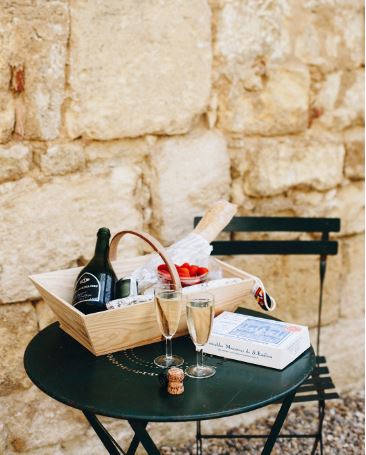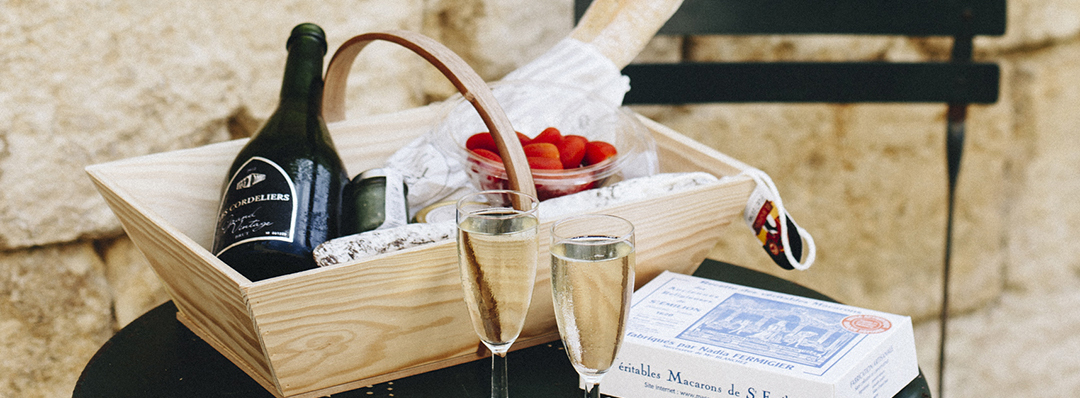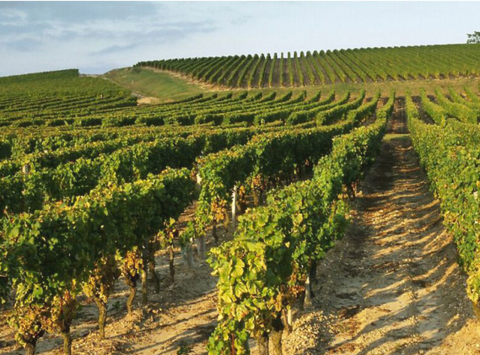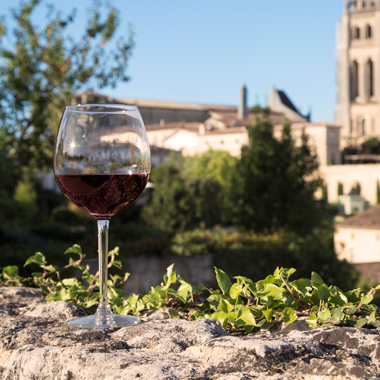Crémant de Bordeaux
Did you know that Bordeaux produces sparkling wine? In fact Crémant de Bordeaux has been produced in the area for many years, but the appellation and rules surrounding production were only finally created in 1990.
Crémant de Bordeaux is produced using the same traditional method as they use in Champagne, but due to the choice of grape varieties, it is often more aromatic with flavours of citrus and stone fruits. The grapes have to be hand-harvested, and then the whole grape bunches are gently pressed to release only the most delicate juice. Once the first fermentation to produce the alcohol is complete, the wine can then be bottled with a dose of “liqueur de tirage”. This is a mixture containing yeast, wine and grape sugar which kick starts the second fermentation. The sealed bottle captures the carbon dioxide released from the fermentation and creates the signature bubbles of a sparkling wine. 
The sparkling wine must then spend at least 9 months in the bottle in contact with the dead yeasts or ‘lees’. Most producers of Crémant de Bordeaux extend this time in order to produce yeasty characters such as bread dough and brioche. Once the ageing is complete, the sparkling wine can be disgorged. This means that the dead yeasts are collected in the neck of the bottle, frozen and then the cap can be released. The pressure shoots out the frozen parcel of yeast and the wine can be topped up with “liqueur d’expedition” and sealed. The “liqueur d’expedition” is a mixture of wine and grape sugar which determines the final sweetness level in the Crémant de Bordeaux varying from Brut (dry) or Sec (a little sweeter) to Demi Sec or Doux (sweet). The traditional method is a long and complicated process but the resulting wines can be incredibly complex and elegant.
Unlike most ‘traditional method’ sparkling wines that are produced from Chardonnay and Pinot Noir, Crémant de Bordeaux is made only from grape varieties that are used in Bordeaux still wine production. The most important white varieties are Sauvignon Blanc, Sémillon, Muscadelle and Sauvignon Gris. The common red varieties are Merlot, Cabernet Sauvignon and Cabernet Franc.
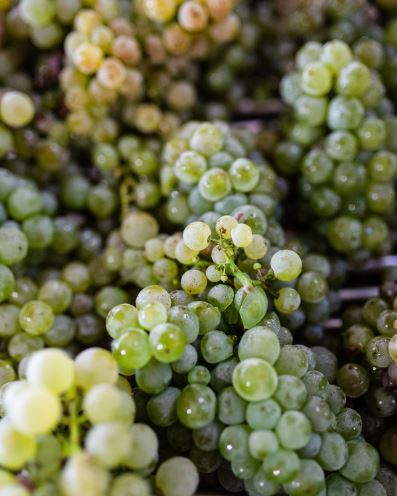
It can be difficult to pinpoint the taste of Crémant de Bordeaux as it is very grape and age dependent. Typically, when higher proportions of Sémillon are used the wines are nutty and elegant. Sauvignon Blanc brings more floral and grass-like aromatics whereas Merlot adds more raspberry and redcurrant notes. White Crémant de Bordeaux can be made using red varieties as long as no skin contact occurs, whereas rosé Crémant de Bordeaux must have a proportion of red grapes to give the delicate pink colour. 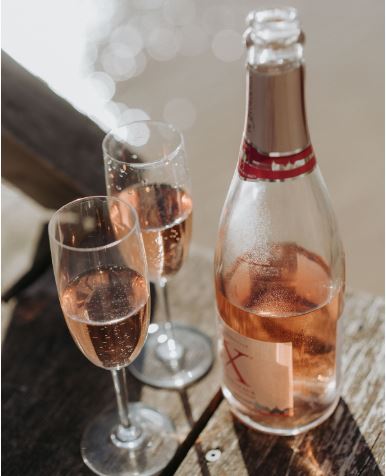
The longer the wine spends in contact with the lees the more pronounced the flavours of pastry, brioche and bread dough will be. These flavours are often used to describe more complex and age-worthy wines as the structure must be good enough to support these flavours.
Crémant de Bordeaux pairs well with both light starters and longer lunches. As with most sparkling wines, it naturally has lower alcohol than still wines, and means it is a popular choice for the warmer Summer weather when drinking outside. The food should not overpower the delicate structure or aromas of the sparkling wine. A freshly toasted baguette with fish pâté would be an excellent companion as the crisp acidity of the Crémant de Bordeaux would cut through the creamy, fish flavours.
Tip Top Wine Suggestions
Les Cordeliers Exclusive Brut NV is an excellent example and extremely well priced at only £14.50 a bottle (Department 33.co.uk). It is produced from the white grape variety Sémillon and has lovely stone fruit flavours of peach and nectarine. The bubbles persist in the mouth and give a light and creamy texture to the wine. The finish develops leaving a gentle brioche aroma. 